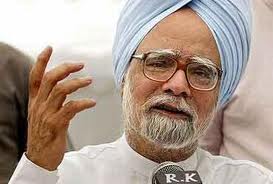
New Delhi, April 16: Left—wing extremism, religious fundamentalism and ethnic violence are major challenges facing the country, Prime Minister Manmohan Singh said here Monday, and urged states to fight them together with the central government.
“Left—wing extremism, religious fundamentalism and ethnic violence are the major internal security challenges facing the country... I urge the states to fight them together with the centre,” Manmohan Singh said while inaugurating the annual conference of chief ministers on internal security here.
“The internal security situation in the country since February 2011 has been by and large satisfactory,” he said.
Stating that India needs to strengthen its defence against terrorism, he said this was necessary, keeping in mind the growing instability around the country.
The situation concerning left—wing extremism was better in 2011 than in 2010 but there was still a “long way to go”, the prime minister said.
He also said the number of districts under the integrated action plan to push development has been increased from 60 to 78 across seven states affected by Maoist violence.
Referring to the controversial proposal of setting up a National Counter—Terrorism Centre, Dr. Singh said he would discuss the issue with the chief ministers on May 5.
Union Home Minister P. Chidambaram, who spoke before the Prime Minister, described left—wing extremism as the most formidable security challenge facing the country.





Comments
Add new comment